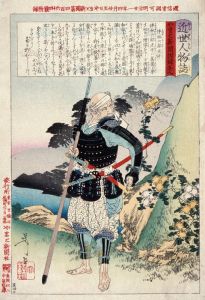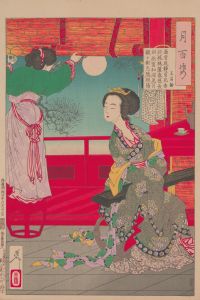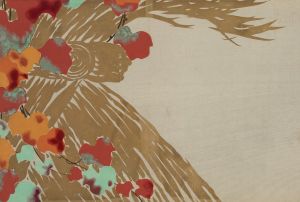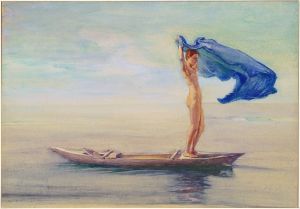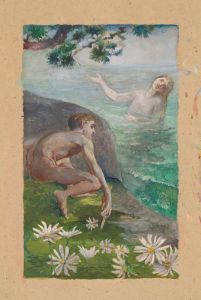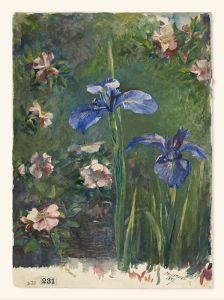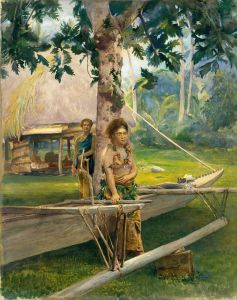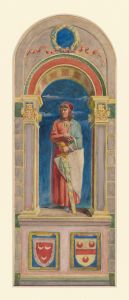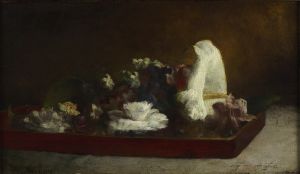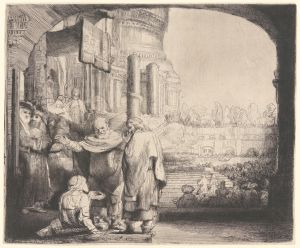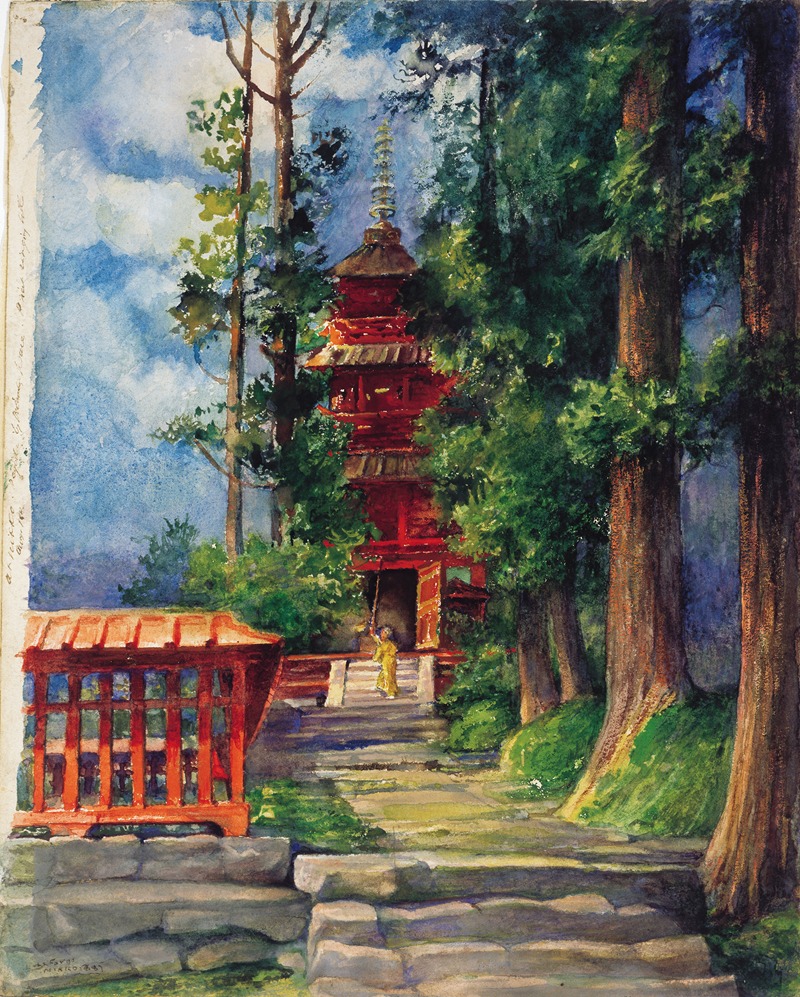
Red Pagoda, Nikko
A hand-painted replica of John La Farge’s masterpiece Red Pagoda, Nikko, meticulously crafted by professional artists to capture the true essence of the original. Each piece is created with museum-quality canvas and rare mineral pigments, carefully painted by experienced artists with delicate brushstrokes and rich, layered colors to perfectly recreate the texture of the original artwork. Unlike machine-printed reproductions, this hand-painted version brings the painting to life, infused with the artist’s emotions and skill in every stroke. Whether for personal collection or home decoration, it instantly elevates the artistic atmosphere of any space.
"Red Pagoda, Nikko" is a painting by the American artist John La Farge, known for his contributions to the American art scene in the late 19th and early 20th centuries. La Farge was a versatile artist, recognized for his work in stained glass, painting, and illustration. His travels to Japan in the late 19th century significantly influenced his artistic style and subject matter, as seen in this particular work.
John La Farge was born on March 31, 1835, in New York City. He was a prominent figure in the American art world, known for his innovative use of color and light. La Farge's interest in Japanese art and culture was part of a broader fascination with Asian aesthetics that swept through the Western art world during this period. His journey to Japan in 1886-1887, alongside fellow artist Henry Adams, was a pivotal moment in his career, allowing him to immerse himself in the country's rich artistic traditions.
"Red Pagoda, Nikko" is one of the works that emerged from La Farge's Japanese travels. Nikko, a city located in the Tochigi Prefecture of Japan, is renowned for its historic temples and shrines, many of which are set against a backdrop of lush natural beauty. The city is home to the famous Toshogu Shrine, a UNESCO World Heritage Site, which is dedicated to Tokugawa Ieyasu, the founder of the Tokugawa shogunate.
In "Red Pagoda, Nikko," La Farge captures the serene beauty and intricate architecture of a pagoda, a traditional tiered tower with multiple eaves, which is a common feature in East Asian Buddhist architecture. The painting reflects La Farge's keen interest in the interplay of light and color, as well as his ability to convey the tranquil and spiritual atmosphere of the Japanese landscape. His use of vibrant reds and the careful attention to detail in the depiction of the pagoda's structure highlight his admiration for Japanese craftsmanship and design.
La Farge's work is often celebrated for its synthesis of Western and Eastern artistic elements. In "Red Pagoda, Nikko," this synthesis is evident in his approach to composition and color, which combines Western techniques with an appreciation for Japanese aesthetics. The painting not only serves as a visual record of La Farge's travels but also as an example of the cross-cultural exchanges that characterized the art world of his time.
Throughout his career, John La Farge received numerous accolades for his artistic contributions. He was a member of the National Academy of Design and was awarded the French Legion of Honor in 1889. His works are held in various prestigious collections, including the Metropolitan Museum of Art in New York and the Museum of Fine Arts in Boston.
"Red Pagoda, Nikko" remains a testament to La Farge's skill as a painter and his ability to capture the essence of the places he visited. It reflects not only his personal journey but also the broader cultural exchanges between the East and West during the late 19th century.





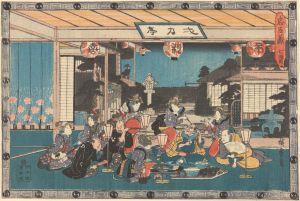

![Colossus in front of Temple of Wady Saboua [Wadi al-Sabua], Nubia.](/imgs/217471/s/david-roberts-colossus-in-front-of-temple-of-wady-saboua-wadi-alsabua-nubia-503a97c9.jpg)
